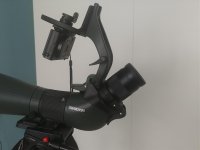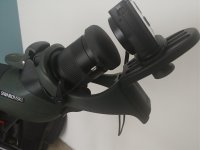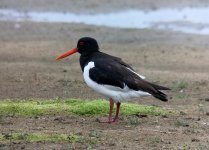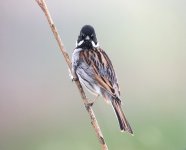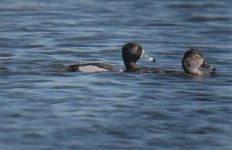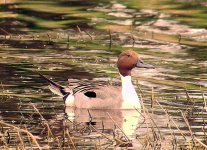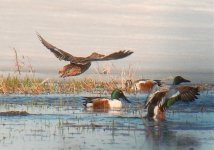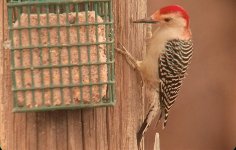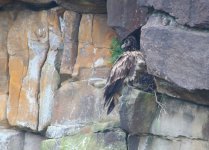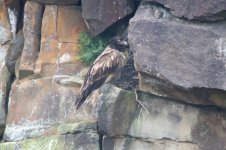Ian Byrnes
Well-known member
Hello Steve
I looked way back and read most of your threads and must say since you first posted and used an IPhone you no doubt know that phones have moved on tremendously. I tried originally to digiscope with a Fuji Coolpix S5000 on an Opticron 65 but found it hard, cumbersome with poor results. Then like you I used an IPhone 5S which was quite good at 8MP but the screen was too small to see whether the image was sharp or not, so the MP's didnt really help. I now have a Samsung S9 Plus (12MP) on a Zeiss Victory 85T*FL (20x75 zoom) attached with a PhoneSkope, dedicated case and collar. The PhoneSkope is a good tight fit with no light interference so you get little vignetting and the 6.2 inch screen enables you to get a good sharp clear image of what you are photographing. The quality of your scope adds to the overall quality of the image...the better the lenses and coatings the better the result. Using a Bluetooth shutter control is also a must to stop shaky images.
I am no camera expert but some of the results with the Samsung and Zeiss are excellent. Although MP's matter it is the technology & quality of the current Android / IPhone cameras along with their processing tech and current apps that make all of the difference but will say that other than cropping, I don't have to adjust the image much at all. Phonescoping will never be as instant as cameras and lenses but it can be pretty quick as long as you have the right tripod, head, smartphone and scope. The finished result is not that far away from pro camera images as long as you're shooting static subjects.
Regards
I looked way back and read most of your threads and must say since you first posted and used an IPhone you no doubt know that phones have moved on tremendously. I tried originally to digiscope with a Fuji Coolpix S5000 on an Opticron 65 but found it hard, cumbersome with poor results. Then like you I used an IPhone 5S which was quite good at 8MP but the screen was too small to see whether the image was sharp or not, so the MP's didnt really help. I now have a Samsung S9 Plus (12MP) on a Zeiss Victory 85T*FL (20x75 zoom) attached with a PhoneSkope, dedicated case and collar. The PhoneSkope is a good tight fit with no light interference so you get little vignetting and the 6.2 inch screen enables you to get a good sharp clear image of what you are photographing. The quality of your scope adds to the overall quality of the image...the better the lenses and coatings the better the result. Using a Bluetooth shutter control is also a must to stop shaky images.
I am no camera expert but some of the results with the Samsung and Zeiss are excellent. Although MP's matter it is the technology & quality of the current Android / IPhone cameras along with their processing tech and current apps that make all of the difference but will say that other than cropping, I don't have to adjust the image much at all. Phonescoping will never be as instant as cameras and lenses but it can be pretty quick as long as you have the right tripod, head, smartphone and scope. The finished result is not that far away from pro camera images as long as you're shooting static subjects.
Regards





